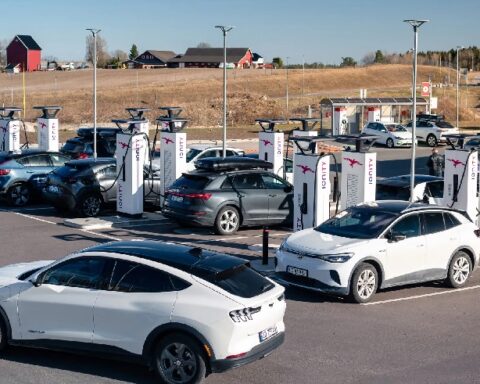A sweeping power outage that recently plunged large swaths of Europe into darkness has triggered questions and speculation. Was it merely a technical failure, or is there more to the story? As investigators race to uncover the truth, the continent is left wondering: who — or what — is really behind the blackout?
The Incident: A Continent Caught Off Guard
On [insert actual date of the outage], an unprecedented power failure affected multiple European countries, including Germany, Austria, Italy, and parts of Eastern Europe. Millions were left without electricity, causing transportation chaos, communication disruptions, and financial losses.
Grid operators quickly confirmed that the outage stemmed from a disruption in one of the key high-voltage transmission lines that link the European power grid — a network that’s considered one of the most sophisticated in the world.
But was it an innocent system failure? Or the result of something more sinister?
The Official Explanation: A Technical Fault
The first statements from European Transmission System Operators (TSOs) suggest the outage was caused by a sudden fault in the synchronization between regional grids. A protective mechanism triggered a chain reaction, disconnecting several parts of the network to avoid a complete collapse.
In short: a technical failure. Possibly due to overload, aging infrastructure, or software malfunction.
But that hasn’t stopped speculation.
Theory 1: Cyberattack from a Foreign Power
With rising geopolitical tensions, especially involving Russia, China, and even non-state actors, the possibility of a cyberattack is under close investigation.
- Russia, already under scrutiny for past cyber intrusions, is a prime suspect in the eyes of many, particularly after threatening rhetoric toward the West over energy and NATO expansion.
- China, while more reserved in public geopolitical disputes, has a long record of cyber-espionage that includes targeting European infrastructure.
- Some analysts suggest that if this was a probe, it may have been designed to test Europe’s vulnerabilities rather than cause outright destruction.
So far, no government has officially accused any foreign actor — but intelligence services are reportedly treating this possibility seriously.
Theory 2: Internal Sabotage or Human Error
Another potential explanation is internal failure — either from within grid management systems or through human error.
- Could a disgruntled insider or employee error have triggered the blackout?
- Or was a lack of coordination between national grid operators to blame?
With Europe’s energy system relying on intricate cross-border cooperation, even minor missteps can have massive consequences.
Theory 3: Activist Disruption
Radical climate groups have increasingly targeted energy infrastructure to protest fossil fuel reliance or nuclear power use. While rare, sabotage or obstruction efforts by activist networks are not unheard of. Authorities have not found any evidence of such a move in this case — but the possibility has not been fully ruled out.
Why Transparency Matters Now
The European public deserves answers. Whether this was a case of mechanical error, cyber sabotage, or something more, transparency is critical. The trust in energy systems — and in European unity itself — depends on how this crisis is handled.
The Bigger Picture: Europe’s Energy Vulnerability
Regardless of who caused the power cut, one thing is clear: Europe’s energy infrastructure is vulnerable. The growing reliance on renewable sources, geopolitical instability, and a massive digital footprint all mean future attacks or failures are more likely, not less.
Conclusion: A Crisis and a Warning
While the investigation is still ongoing, the power cut may become a defining moment for European energy security. Whether it was a result of foreign interference, internal mismanagement, or systemic fragility, it has exposed cracks in a system assumed to be resilient.
One thing is certain — Europe cannot afford to wait for a second, possibly more damaging, blackout to take action.
























